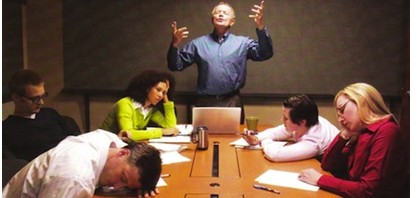Few of our failures are fatal. ~Tim Harford, economist and Financial Times columnist
The idea of failing in o rder to succeed was illustrated to me by a friend who recently described a mutual friend’s approach to photography. This mutual friend simply takes tons of photos. She had posted a photo on Facebook of a blood moon that was quite stunning. Well, I learned that she had taken 80 photos in order to get that one really great photo. I consider photography a hobby. While I completely understand and appreciate the need to fail, over and over, in order to take really great photos, I struggle with that same philosophy in my professional life.
rder to succeed was illustrated to me by a friend who recently described a mutual friend’s approach to photography. This mutual friend simply takes tons of photos. She had posted a photo on Facebook of a blood moon that was quite stunning. Well, I learned that she had taken 80 photos in order to get that one really great photo. I consider photography a hobby. While I completely understand and appreciate the need to fail, over and over, in order to take really great photos, I struggle with that same philosophy in my professional life.
Our society hasn’t really supported a “fail in order to succeed” culture. Think about our educational system. Typically (I won’t go so far as to say always), we turn in assignments, are told what we did wrong, and move on to the next assignment. We don’t provide the opportunity to “keep trying” until we get it right. We don’t teach children that failure is part of the process to succeed. We teach them that it’s bad and to be avoided.
Sarah Rapp, interviewed Tim Harford to better understand the lessons of failure in his book, Adapt: Why Success Always Starts with Failure.
Rapp reports that, “at the crux of Adapt lies this conviction: In a complex world, we must use an adaptive, experimental approach to succeed.” That’s not exactly what our educational system or most organizations encourage.
To help us out, Harford outlines three principles for failing productively as reported by Rapp. “You have to cast a wide net, ‘practice failing’ in a safe space, and be primed to let go of your idea if you’ve missed the mark.” Harford says we should:
Try new things. “Expose yourself to lots of different ideas and try lots of different approaches, on the grounds that failure is common.”
Experiment where failure is survivable. “Look for experimental approaches where there’s a lot to learn – projects with small downsides but bigger upsides. Too often we take on projects where the cost of failure is prohibitive, and just hope for the best.”
Recognize when you haven’t succeeded. “The third principle is the easiest to state and the hardest to stick to: know when you’ve failed.”
One of the great “success” stories of the 20th century was Apple and Steve Jobs. I read that Steve said that at least half of Apple’s ideas didn’t work. But he encouraged lots of failure because he believed that failure was the path to success.
I’ll end this post with how it began. Have you failed enough to succeed?



